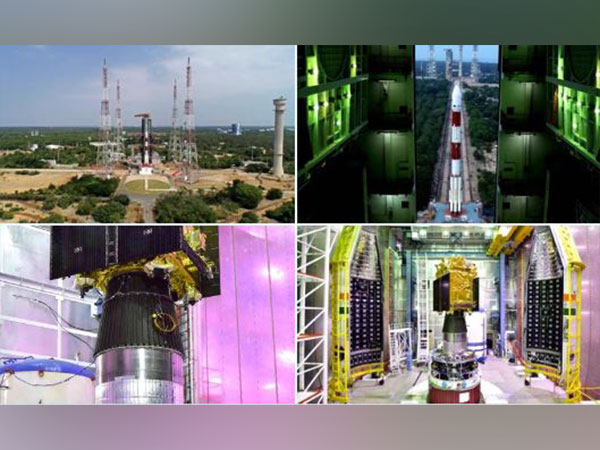The India Space Research Organisation (ISRO) is set to launch its Aditya-L1 mission to study the Sun at 11:50 AM IST today.
The Aditya L1 mission will take an approach similar to the Chandrayaan-3 mission. It will first get into an Earth orbit and from there, it will go higher and faster until it eventually puts itself on a path to its final halo orbit around the first Lagrange point (L1) of the Earth and the Sun. The Lagrange point is a convenient vantage point for the probe because being around it would mean that it can remain in the same position without using a lot of fuel. This is also why the National Aeronautics and Space Administration (NASA) placed the James Webb Space Telescope at the second Lagrange point. (L2)
The Aditya L1 mission will carry seven payloads to orbit to observe the photosphere, chromosphere and outermost layers of the Sun’s atmosphere (corona) using electromagnetic, particle and magnetic field detectors. But why must we study the sun? Well, disturbances in the form of solar flares, Coronal Mass Ejection, or solar winds directed towards Earth, can adversely impact space weather; and studying the Sun is, therefore, of paramount importance.
The spacecraft, equipped with seven payloads, will send data to Earth, with the Visible Emission Line Coronagraph (VELC) being the most significant payload. It will capture around 1,440 solar images daily for analysis. The propulsion system, including the Liquid Apogee Motor (LAM), plays a vital role in reaching the intended orbit.
The Aditya mission’s objectives include understanding the solar atmosphere, solar wind distribution, and temperature anisotropy. Continuous monitoring of the Sun is crucial for studying solar quakes or Coronal Mass Ejections, which can affect Earth’s geomagnetic fields. Aditya L1 represents India’s endeavour to study the nearest star in our solar system in detail, contributing to broader knowledge about stars within and beyond the Milky Way.





